The 2025 Indianapolis 500, held on May 25, 2025, at the Indianapolis Motor Speedway, delivered high drama and pivotal records for the 109th running of North America’s signature open-wheel race. Launched in 1911 and staged annually (barring major interruptions), the Indy 500 remains the essential yardstick for drivers and engineers: where speed, tradition, and technical execution are scrutinized in front of nearly 300,000 fans at the Brickyard. The race stands out in motorsports lore for its blend of raw velocity, demanding surface changes, and constantly evolving aero and tire challenges; in short, it’s the one every team circles on the calendar for both prestige and payoff.
Leading into the weekend, all eyes were on the stellar form of Álex Palou, who had taken five of the prior six IndyCar rounds and sat as the consensus favorite. Rookies like Robert Shwartzman were tipped as dark horses after impressive speed in qualifying: Shwartzman snagged pole on debut. The championship battle, anticipated incidents (especially with several Cup and rookie crossovers), and the ever-present concern over pit strategy and “dirty air” in traffic dominated paddock chatter. With high early-June temperatures forecasted, many suspected tire and brake management could swing fortunes, adding a technical edge to the preparation.
When the green finally waved, it didn’t take long for chaos to erupt: Scott McLaughlin crashed on the warm-up lap, and the opening phase was marred by Marco Andretti’s quick exit and subsequent multi-car mishaps. The early leader, polewinner Robert Shwartzman, saw his day unravel after a pitlane incident: coming into the box on cold tires, his car slid, hit crew, and clipped the inner wall. Major contenders like Kyle Larson and Rinus VeeKay ended their days early after high-speed incidents on restarts, underscoring the razor’s edge between grip and disaster on the evolving Indy surface. Rounds of undercuts and split-strategy gambits punctuated the mid-race, with Marcus Ericsson leaping forward due to a shorter final fuel fill, only to be tracked down by Palou amid the dirty “wake” of lapped traffic. The definitive moment came at lap 187: Palou executed a bold pass on Ericsson into Turn 1, capitalizing while slower cars ahead blocked Ericsson’s momentum. In the final circuit, a crash from Nolan Siegel precipitated a last-lap yellow, freezing the order and crowning Palou the first Spanish Indy 500 champion. David Malukas, Pato O’Ward, Felix Rosenqvist and Santino Ferrucci rounded out the top finishers. Shwartzman, despite his DNF, took Rookie of the Year honors.
The day was classic Indianapolis: hot and slick, with track temps climbing well north of 100°F. That heat altered how much aero grip the teams could run: drivers reported persistent understeer (front tires “giving up” before the rears) into Turns 2 and 4, and repeated issues resetting tire temps after long safety periods. Brake fade and thermal soak tested every pit crew. This edition, with multiple cautions and a constantly rubbering surface, gave a prime lesson in why composite bodywork heat shielding matters: something we obsess over in the PPF world as well, where controlling thermal swing and material fade under stress is a daily battle.
From an engineering lens, the way Palou handled the changing aero “wake” and brake temperature windows echoed a lot of what I see in film protection: good outcomes come from about steady patience, not just outright speed. In this race, staying cool under heat, literal and competitive, proved decisive.
Final results: Álex Palou (Chip Ganassi Racing) claimed his first Indy 500 with a record $3.8 million payout; Marcus Ericsson (Andretti Global) and David Malukas (A.J. Foyt Enterprises) filled out the podium. The field saw multiple stars sideline early via incident or mechanical, while Robert Shwartzman grabbed Rookie of the Year. In sum: The form guide said “Palou dominant”—and for once, the race script stuck the landing, but not without the usual Indy challenges along the way.
***
Wessen Char is UPPF’s petrolhead who still mourns the loss of Saab (and drove her 9-5 NG till 2025). She travels between US and Europe to cover auto events. She acknowledges the chic tech of EVs but wonders if the inexorable move to everything digital is ultimately all-better. Analogue had more soul somehow :)



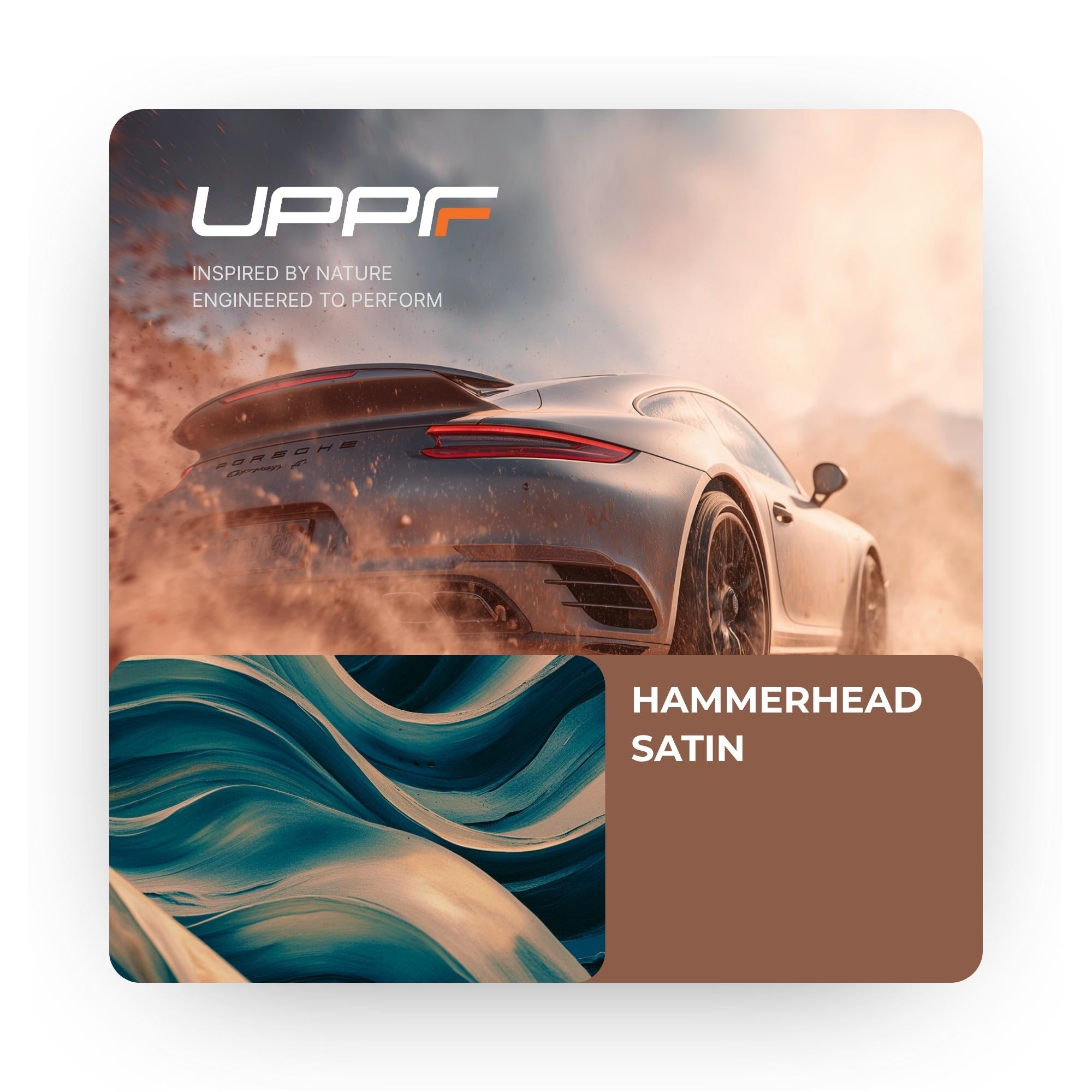
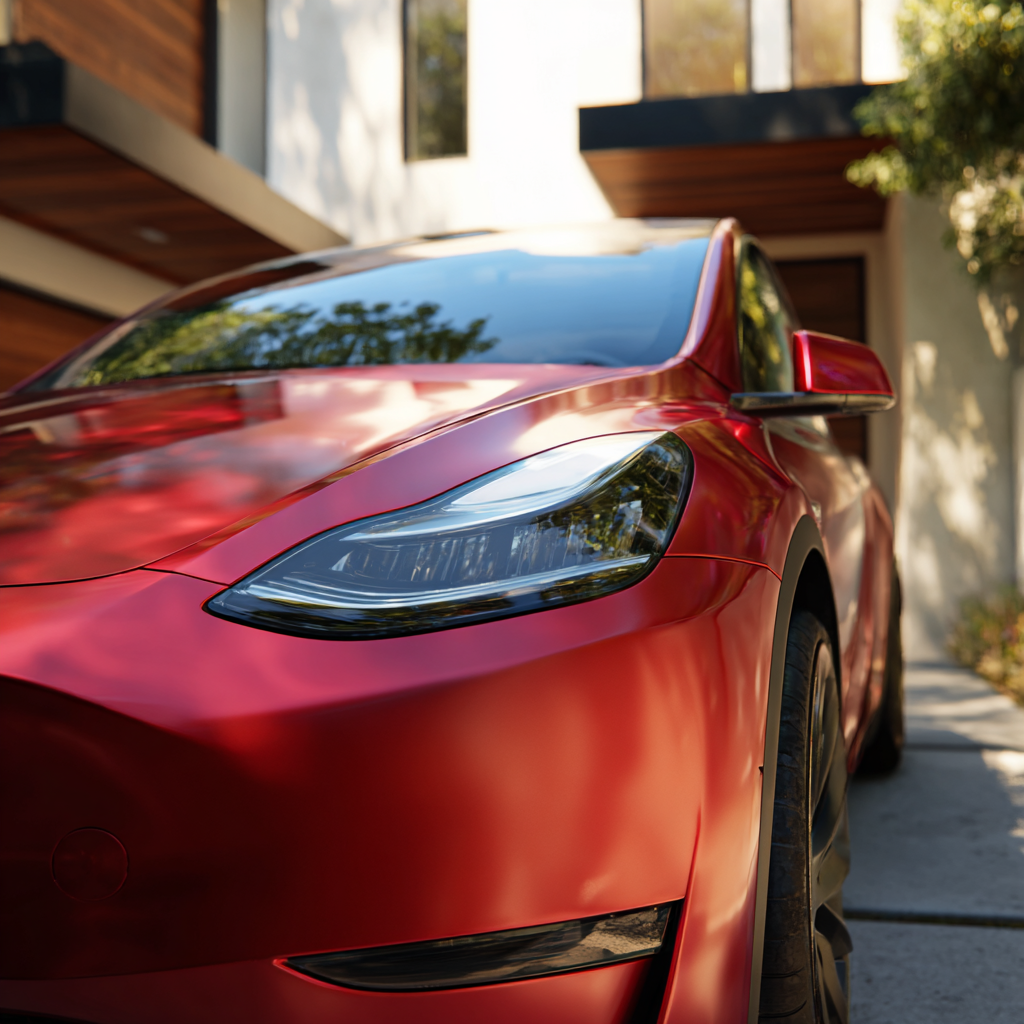

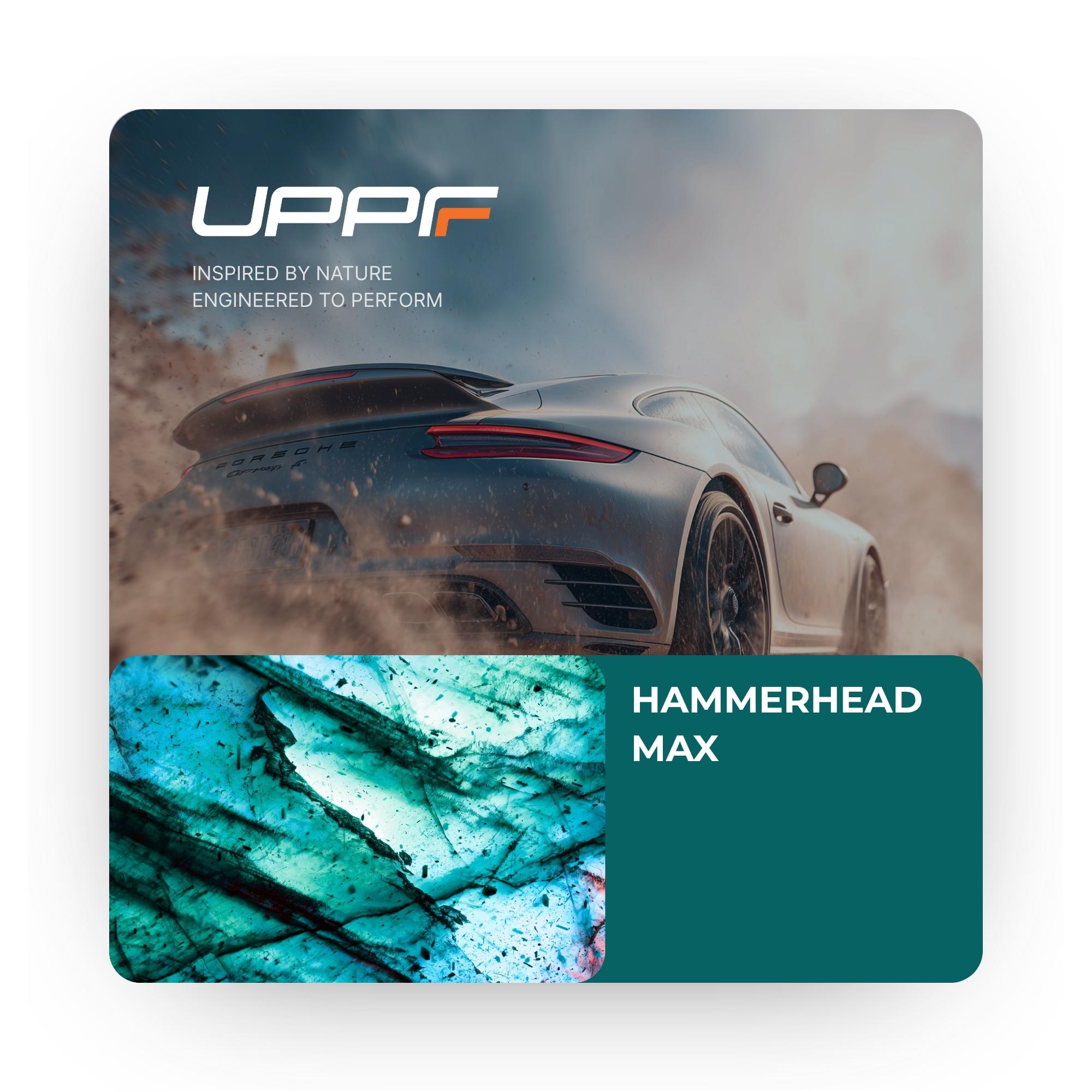
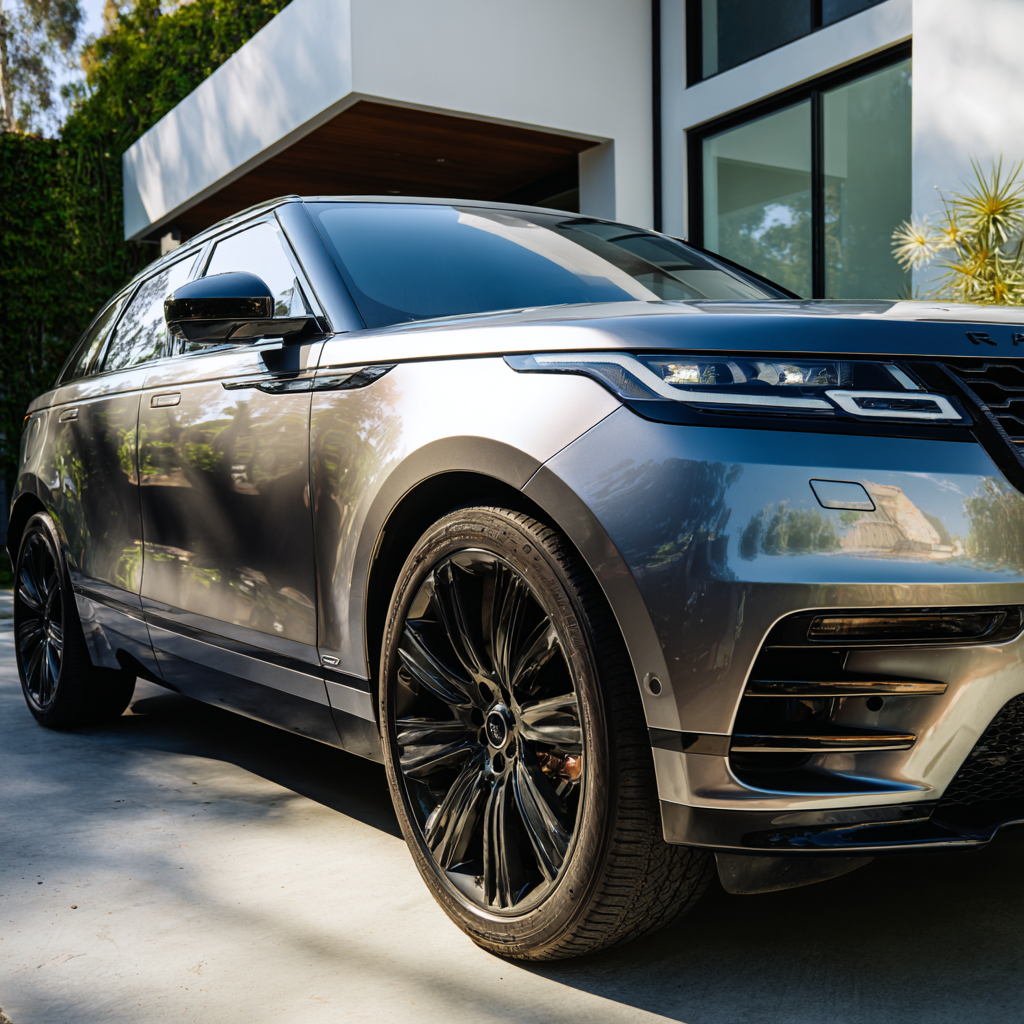

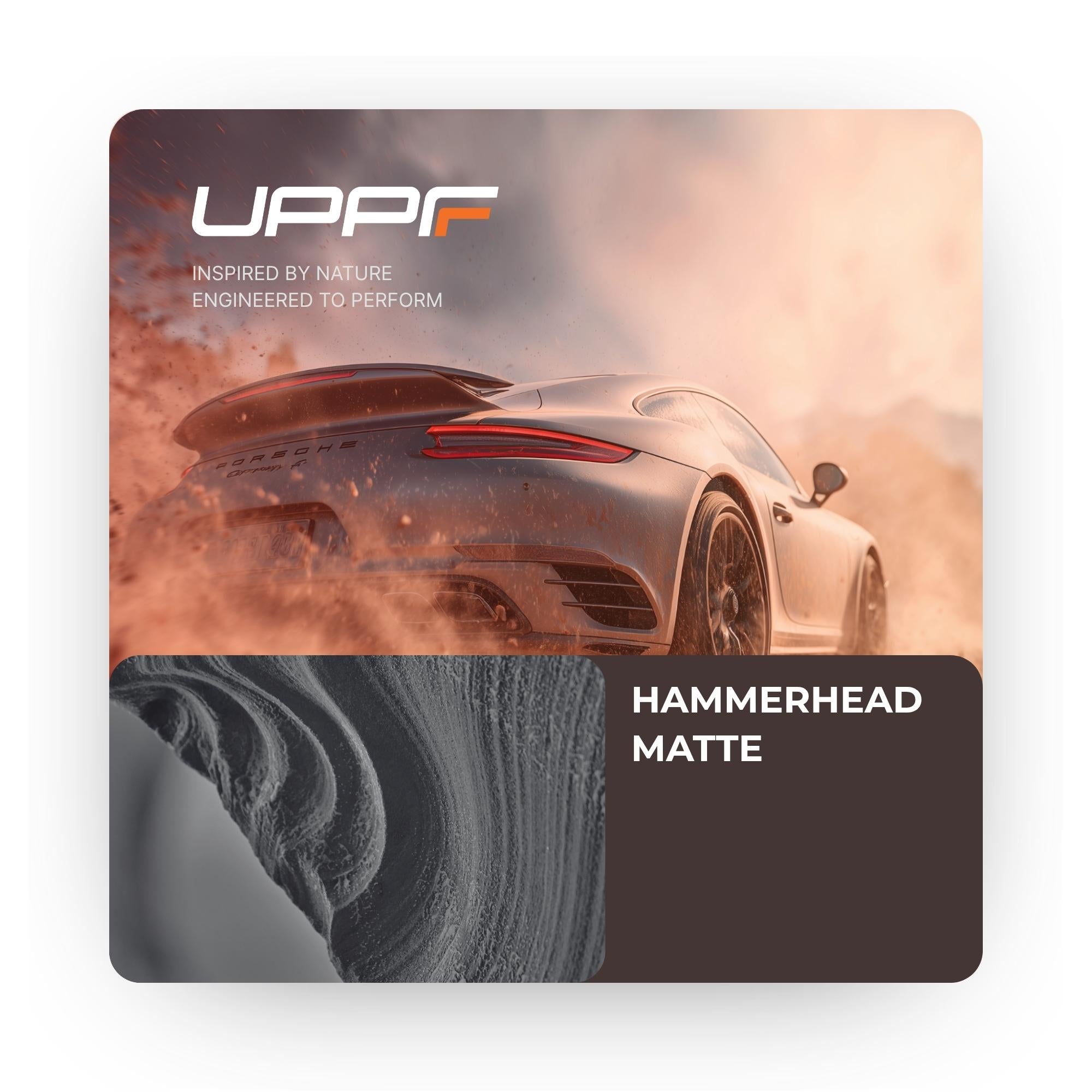

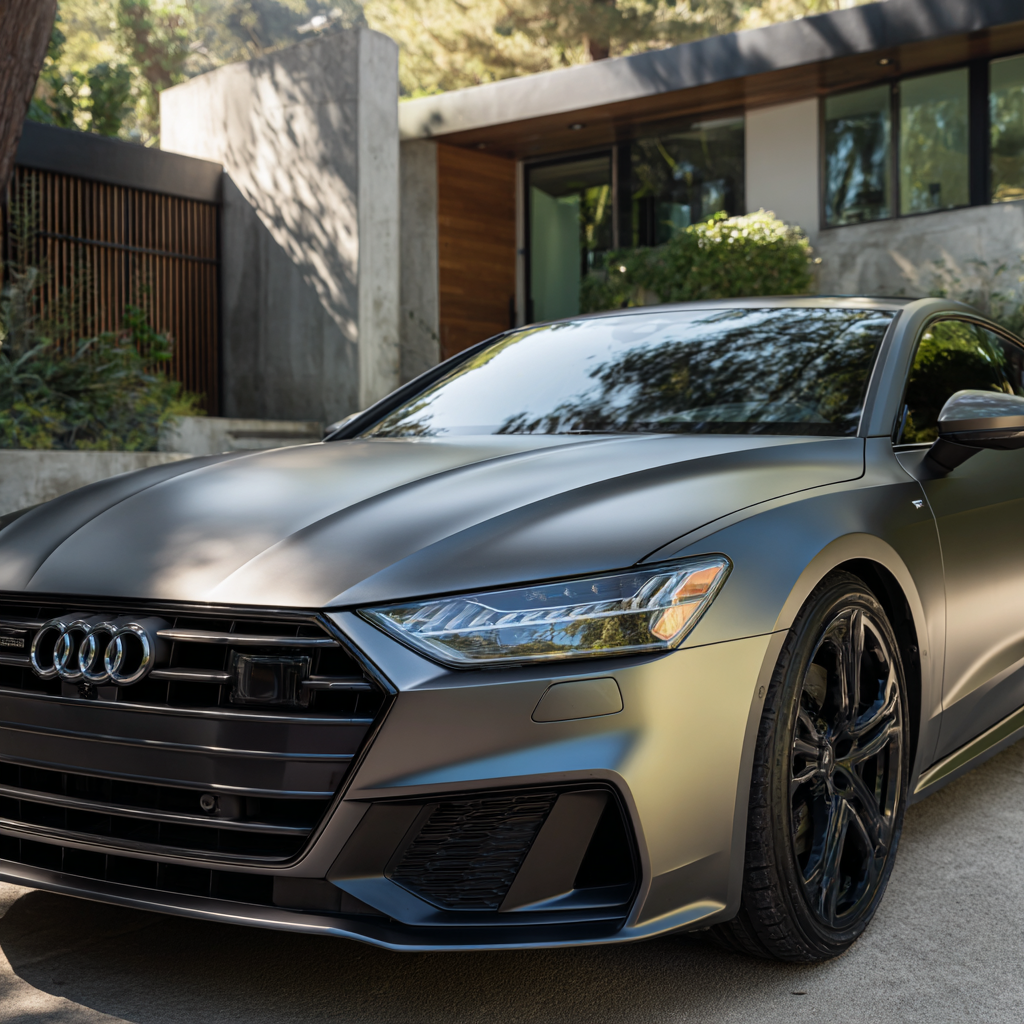
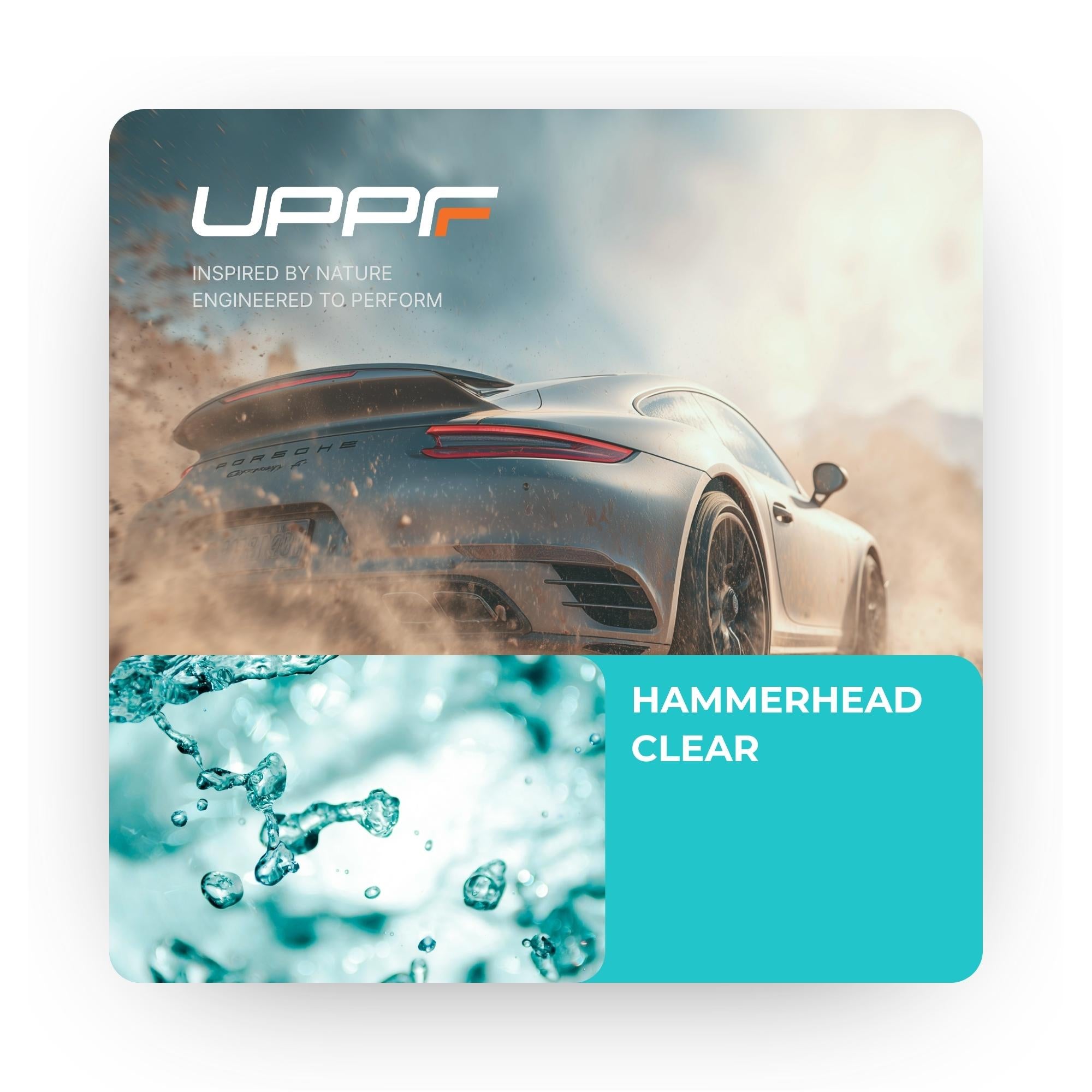


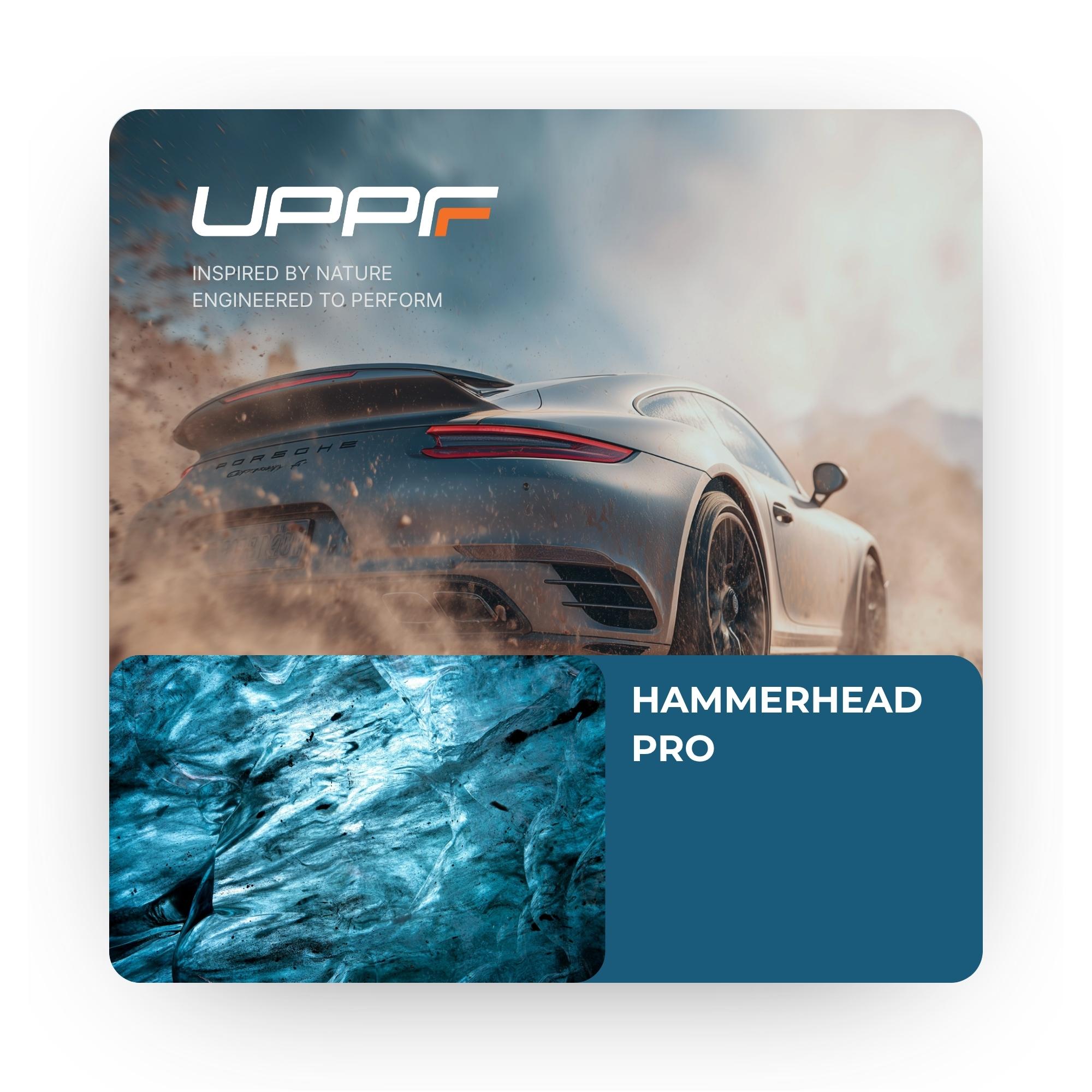



Share:
What is PPF and how does it work?
2025 Dakar Rally Saudi Arabia Recap